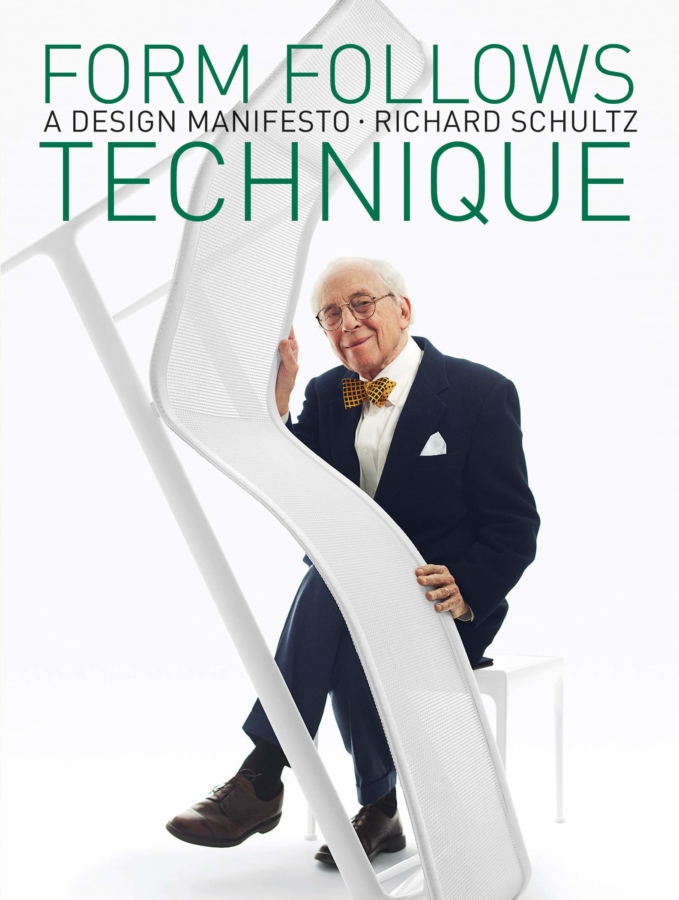Thank you for visiting!
When I was young, I discovered (what now seems to be a fairly obvious) pattern in popular music. Many singers were, more-or-less mimicking, the sounds of the instruments they sang alongside. Yet my formal instruction taught me the opposite — instruments were invented to mimic the human voice. Perhaps both are true, one influencing the other?
Regardless, the reason things became the way they are is often surprising. It may seem a little obvious once pointed out. Yet, why then, have so few noted it before? This wonderful manifesto of a book may offer something similar, on a more profound level. The authoritative author, Richard Schultz, introduces his insights by stating the “purpose is to show how simple techniques, applied consistently, have inspired modern design.”
My formal instruction taught me that “form follows function.” But this point of view, with excellent accompanying examples, and a bit of history, offers fresh insight. Schultz begins with the zen maxim, “Develop an infallible technique — and then put yourself at the mercy of inspiration.” This is what he then shows many of the greatest creators have done.
The chapters each focus on a different creative building material, for example, wood. He explains how early craftsmen discovered how to make a mortise joint — basically, sticking a stick in a hole. Full page photos accompany each step, in this case, of the elegant Windsor chair. Steam-bending wood, and curved assemblies of laminated wood, are illustrated next.
Metals, stone, shelters and more show the same pattern, growing in complexity, as (new) forms follow the (new) techniques used to make them. Through similar concise, enlightened means, Schultz shows us how to understand design, and I suppose, how to actually carry it out, at the highest level. This is an instant classic in the field. Highly recommended.
This is a uniquely fun guide book filled with clever ideas, easy-to-follow text and step-by-step photos. It’s a great approach to making moving folk-art and delightful toys, similar to whirligigs, whimsies, and what-not. There are science project style devices, too. I have to add though, that these designs and projects offer more than simple novelty. The use of the organic gourds lends the projects a sort of Surrealist air, or Dada-esque design, making each an abstract delight.
I could see them easily being kept as a keepsake, or sold at fairs, or an art gallery, really. Plus, the crafts are actually really fun! The book is very complete and accessible, with clear text, helpful photos, and step-by-step instructions. I should note that power tools and such are often needed, so this isn’t really for children. But if you have access to these wonderful gourds, wow, this is really the book for you!



